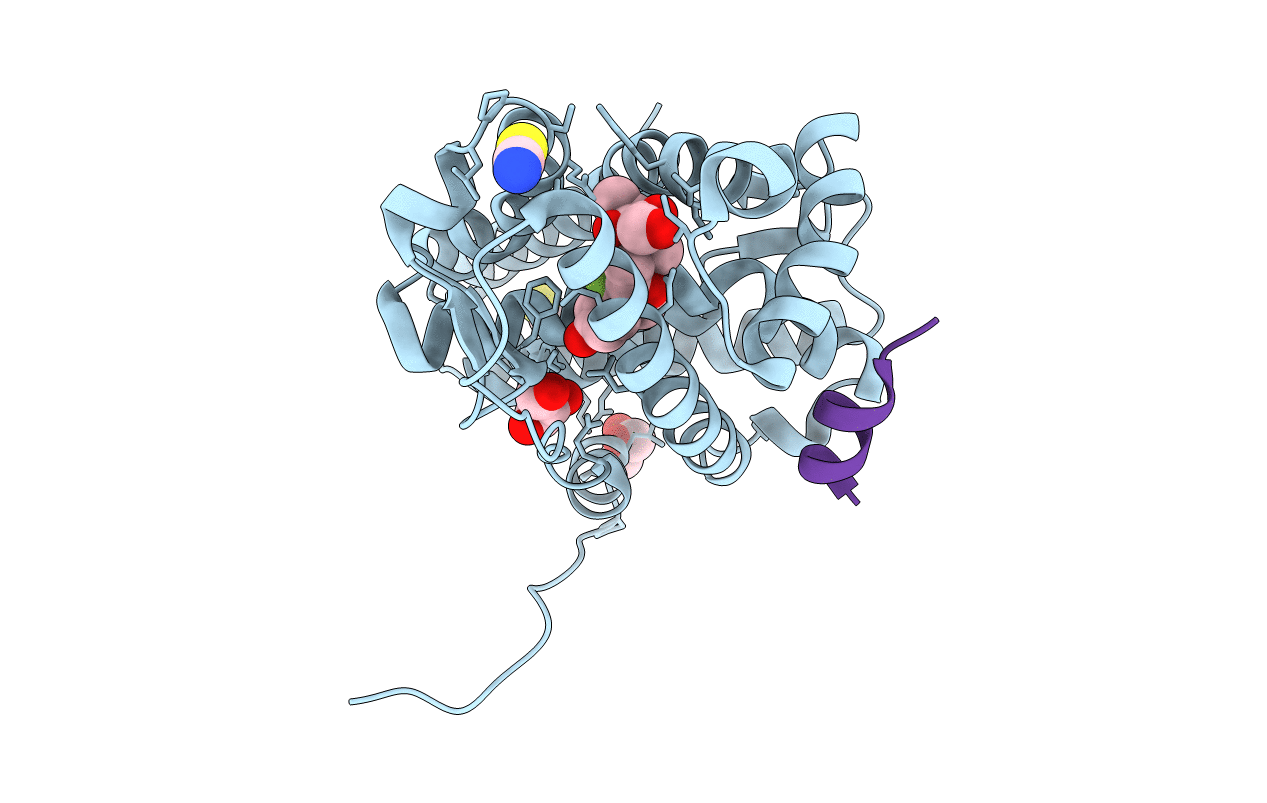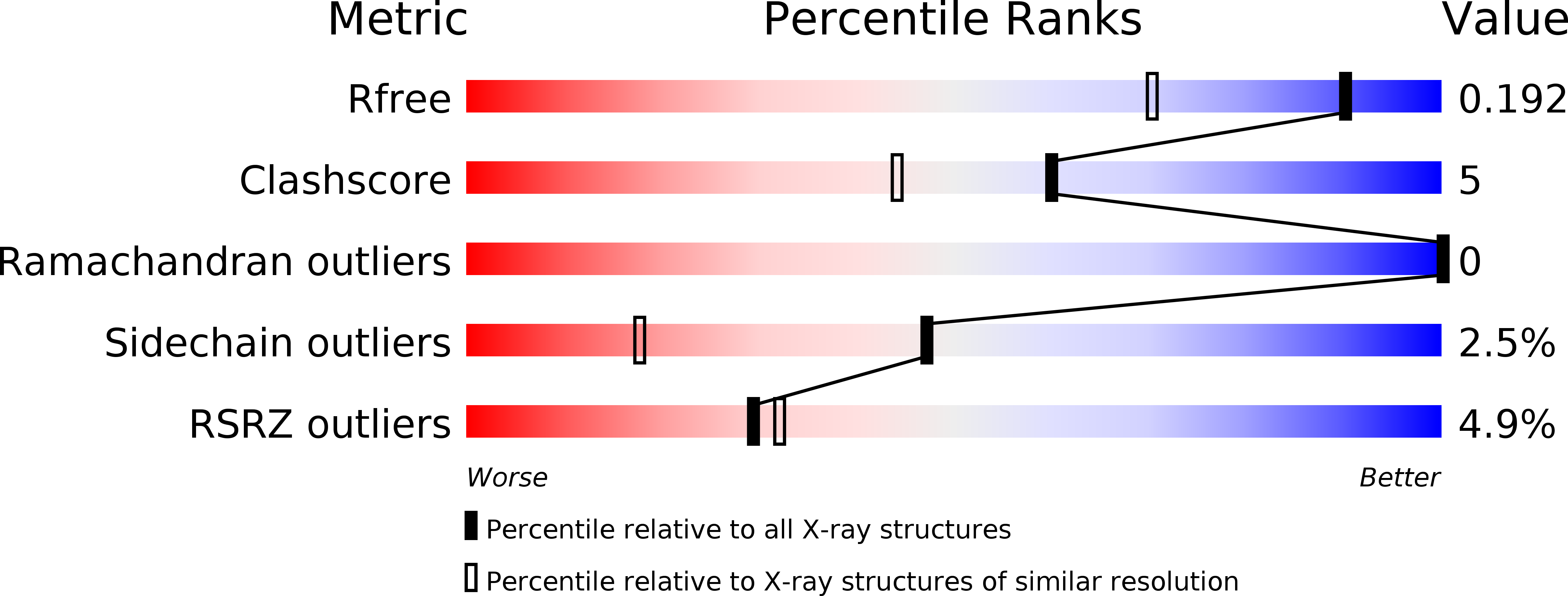
Deposition Date
2010-04-22
Release Date
2010-09-15
Last Version Date
2023-09-06
Entry Detail
PDB ID:
3MNP
Keywords:
Title:
Crystal structure of the agonist form of mouse glucocorticoid receptor stabilized by (A611V, V708A, E711G) mutations at 1.50A
Biological Source:
Source Organism:
Mus musculus (Taxon ID: 10090)
Host Organism:
Method Details:
Experimental Method:
Resolution:
1.50 Å
R-Value Free:
0.20
R-Value Work:
0.18
R-Value Observed:
0.18
Space Group:
P 65


